Dr Michael Ohler has written an interesting blog post where he touches upon the way how Lego Serious Play could easily serve as a replacement of work on organizational vision statement.
A “vision” is meant to give an organization direction, to explain its purpose and to motivate employees. That sounds simple enough, but why then is it so hard to craft a good one? As innovation practitioners, I believe you should take a position when your organization formulates a vision. Where “keep going” or “improvement” are not enough, innovation thinking can shape that vision of the future and, chances are, an innovation initiative needs to build that same future.

What Does Your Vision Mean?
Over the past 15 months or so I have worked with some 30 plant managers and over 50 product managers to help them shape their “vision“ of the future and to set up transformational programs that get them there. These experiences are summarized in this recent webinar. The approaches discussed there are working. We have used them successfully over and over again.
That said, the reality is that all too often people formulate a vision like: “more X” (X being revenue, margin, market share and so forth) through more Y (customer satisfaction, reliability or diversification) while also increasing Z (sustainability, employee engagement or supplier relations). That sounds all great and it is great—no question. However, once such a vision is framed and hung up in the entrance hall, the real issues tend to surface: What does it mean specifically for our daily work? How are we going to achieve all that?
I don’t want to frighten my current clients: You have done everything right. The aforementioned methods have brought you and your teams on the right track. I only think we could have achieved your success in a more straightforward and somewhat more meaningful manner. Let me formulate that from a physicist’s point of view: All models are wrong, some are useful. In that sense, I believe there are more useful methods than building a “classical” company vision.
Γνῶθι σαυτόν Instead of a Vision
I have been pushed to explore other methods through my work with LEGO® SERIOUS PLAY®. People there are very cautious about concepts, which is a precondition for sharp thinking. They don’t use Lego bricks to build a “vision.” Instead, they build an “aspirational identity”—who do you want to become? In order to build that model, first you build your “current identity”—who are you today? These two—literally tangible—models allow for very powerful team conversations. The tactile stimulus coming from touching and crafting the model brings up new thinking and also removes mental barriers teams might otherwise have when merely playing with words instead of with bricks. With these two models in hand, you can also derive your strategy: How do I get from here to there? Sure, that “identity thing” is old hat and has already been thought through in Ancient Greece: Γνῶθι σαυτόν, know thyself, as inscribed on the Apollo temple in Delphi.
The tensions between current and aspired identity can create profound questions: Who are you today? Who do you want to become and who can you become? These are fascinating questions. When you work on an organization’s vision, these questions must also be addressed: Is this vision something “your corporate genes are fit for”? When looking at current and aspired identity, that conversation comes up naturally.
How to proceed? First you build a model for who you are today. Then you describe who you can and want to become. Then you discuss how to get from here to there. And only then do you develop the specific goals you want to achieve, like the X, Y and Z we talked about before. Example: you want to double your revenue. That leads to the question: Who do you want to become so that customers love you so much they give you all that money? Who do you want to become so that competitors let you enjoy your nice margin? Future revenue and future margins flow from your aspirational identity and not vice-versa.
Current and Aspirational Identity as Guidelines for Your Innovation Initiative
“We are the low-cost workbench of a sophisticated global technology company,” said Rahul, one of my clients in India. That is the current identity. We are able to work out his aspirational identity by looking at which customers he wants to win: “We want to be able to provide our solutions under extreme environmental conditions.” The description of his “current” and “aspired identity” helps Rahul and his team create a shortlist of capabilities they need to acquire, networks and infrastructure they need to build, and so forth. A thorough analysis also helps them tell apart what is mere “insourcing” or “improvement” versus what is “innovation.”
People like Rahul might all too easily jump quickly into their first and then their next innovation project: “extreme environmental conditions”? – let’s create a solution for high pressure and then one for salt-water. Don’t some innovation initiatives fail because organizations move from one such skirmish to the next? Rahul’s war is far from being won. Yet, his team has clarity about their “current identity” and what is in their “genes.” They also have clarity about their “aspired identity” and the way to get from here to there. And that tells them how to select their “insourcing,” “improvement” and “innovation” projects such that they all build one on the other in order to lead to that aspired future.

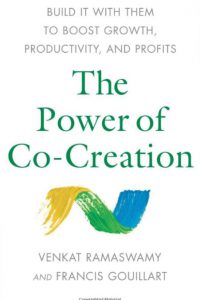
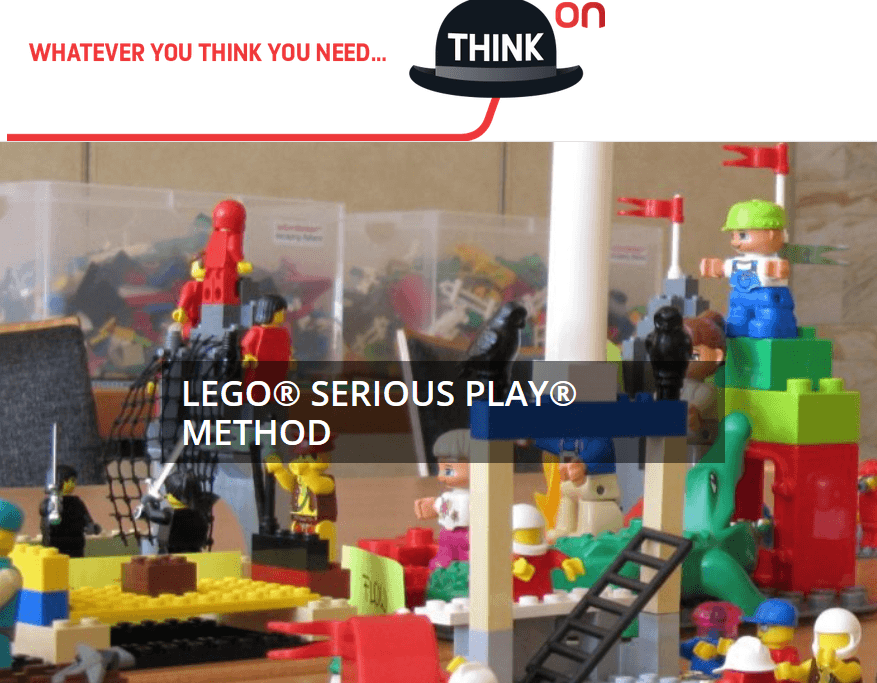
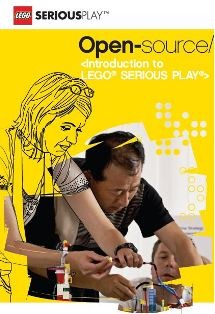

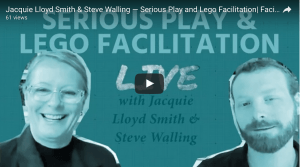
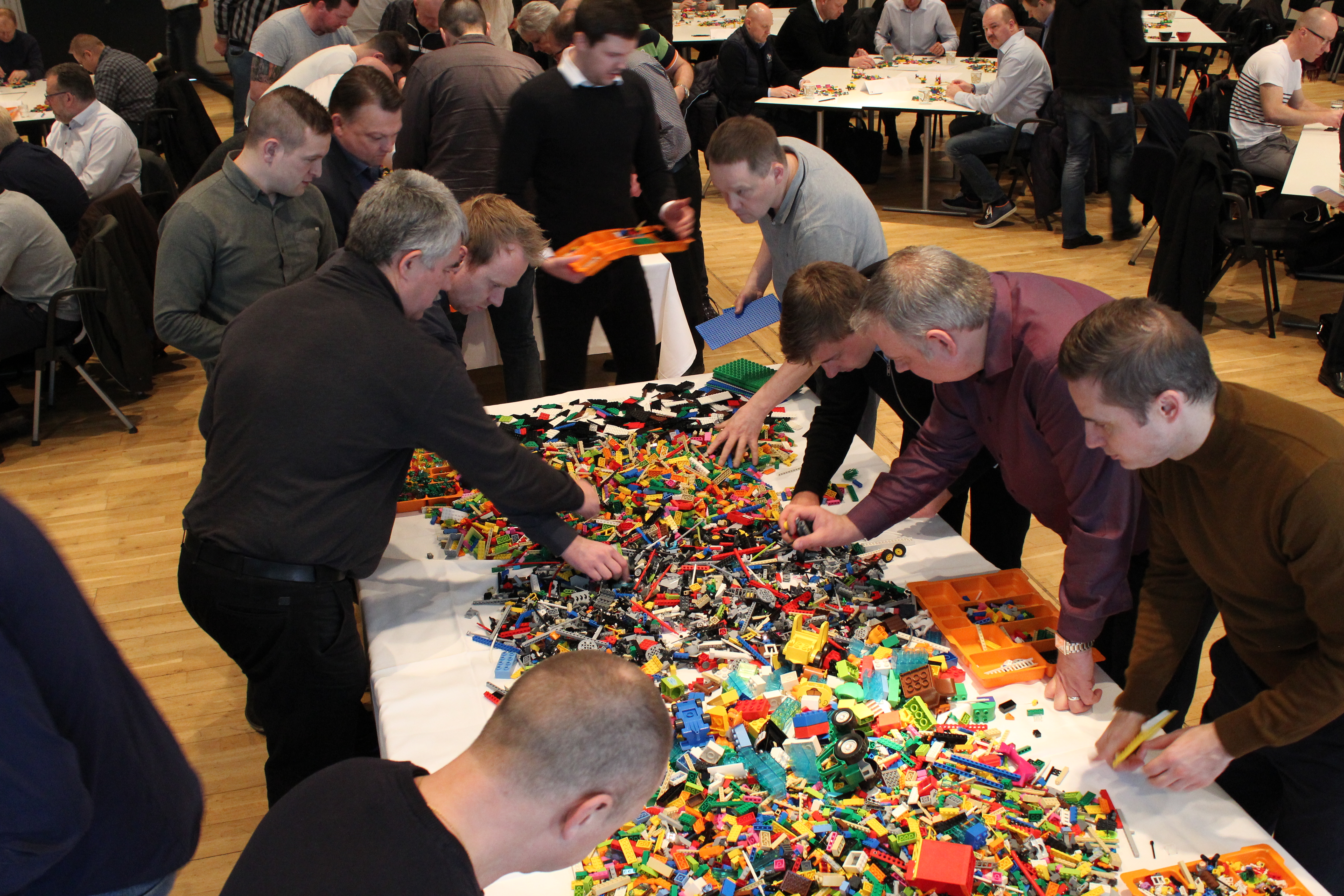


 Become a LEGO Serious Play facilitator - check one of the upcoming training events!
Become a LEGO Serious Play facilitator - check one of the upcoming training events!